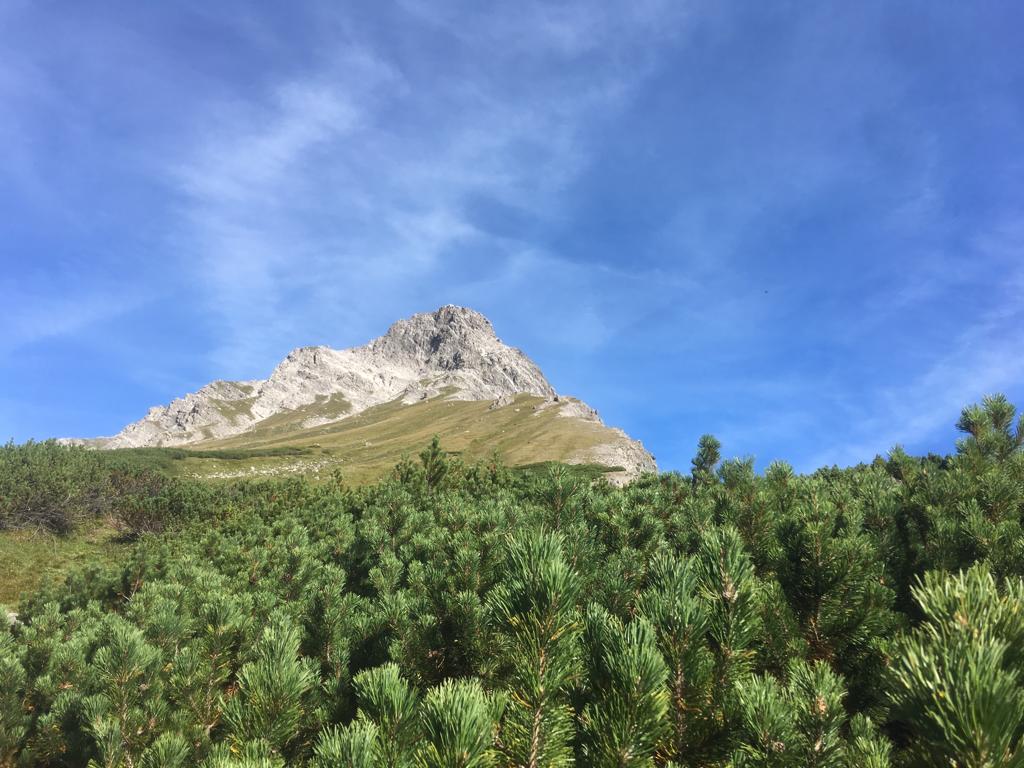Highlight 22/2022 – How have GRID strategies contributed to the World Bank’s response to COVID-19?
Samuel Duelli, 19 April 2022

COVID-19 has had a tremendous impact on the world’s economy and people’s lives, leading to health, economic and social crises. Many countries have been in lockdowns several times, and many people have lost their jobs. According to Lakner et al. (2021), 77 million people dropped into extreme poverty from 2019 to 2020.[1] Such an increase has not been seen since the Asian financial crisis in 1997/1998.[2] Different states have responded differently to these crises. Advanced economies were able to borrow money whereas developing and emerging economies relied strongly on the help of international organisations to respond to these crises. One of these international institutions is the World Bank.[3]
The World Bank has invested over $ 157 billion since the beginning of 2020 to reduce the impact of the above-mentioned crises. That is the highest investment in such a short time in the World Bank’s history.[4] The World Bank policy concerning the pandemic response has followed three goals. First, it aims at economic relief, thus helping countries to decrease the burden the pandemic has caused. Second, it seeks to restructure health, economic and social systems. Third, the World Bank’s response includes resilient recovery, according to which countries are incentivized to build pandemic-ready health systems, equitable and inclusive societies, green economies and resilient institutions.[5]
It is essentially this third part of the World Bank Group’s response that includes the Green Resilient and Inclusive Development (GRID). This tool considers the pandemic long-term response and aims at helping countries to promote inclusive and sustainable development. This framework is novel, as it focuses on a systemic approach where interrelations between different fields (poverty, inequality and environment) are considered for development. It recognizes that economic growth is needed only in so far as it is inclusive and sustainable, thus leading to robust economies. Hence, GRID strategies promote sustainability, resilience and inclusiveness.[6]
In pursuing GRID strategies, the World Bank advises countries to invest in all forms of capital, including human capital (e.g., education, women, and health systems), infrastructure (e.g., sustainable food and land-use systems, more efficient and well-connected cities), climate and development strategies. The World Bank further relies on macroeconomic and structural policies to reach green, resilient and inclusive development. These policies should include equitable and sustainable tax systems and a strong investment in digitalization.[7]
In its COVID-19 response, the World Bank has supported different projects that included GRID strategies, such as:
- Strengthening climate-resilient policies and investments in Bangladesh, Nepal and Pakistan;
- Addressing the underlying cause of food insecurity (especially considering environmental degradation) in Ethiopia;
- Developing renewables and off-grid solar access in Niger.
Green, resilient and inclusive development is an important framework to respond to current health, economic, social and climate challenges. Including those objectives in the response to those crises is indispensable for a peaceful, equitable and sustainable society.
Samuel Duelli, Highlight 22/2022 – How have GRID strategies contributed to the World Bank’s response to COVID-19?, 19 April 2022, available at www.meig.ch
The views expressed in the MEIG Highlights are personal to the author and neither reflect the positions of the MEIG Programme nor those of the University of Geneva.
[1] Gerszon Mahler Daniel, Yonzan Nishant, Lakner Christoph, Castaneda Aguilar R. Andres and Wu Haoyu, 24 June 2021, Updated estimates of the impact of COVID-19 on global poverty: Turning the corner on the pandemic in 2021?, World Bank Blogs, available at https://blogs.worldbank.org/opendata/updated-estimates-impact-covid-19-global-poverty-turning-corner-pandemic-2021 (last accessed 06 April 2022)
[2] Lakner Christoph, Yonzan Nishant, Gerszon Mahler Daniel, Castaneda Aguilar R. Andres and Wu Haoyu, 11 January 2021, Updated estimates of the impact of COVID-19 on global poverty: Looking back at 2020 and the outlook for 2021, World Bank Blogs, available at https://blogs.worldbank.org/opendata/updated-estimates-impact-covid-19-global-poverty-looking-back-2020-and-outlook-2021 (last accessed 06 April 2022)
[3] World Bank, 14 October 2020, World Bank COVID-19 Response, available at https://www.worldbank.org/en/news/factsheet/2020/10/14/world-bank-covid-19-response (last accessed 06 April 2022)
[4] World Bank, 11 February 2020, How the World Bank Group is helping countries address COVID-19 (coronavirus), available at https://www.worldbank.org/en/news/factsheet/2020/02/11/how-the-world-bank-group-is-helping-countries-with-covid-19-coronavirus (last accessed 06 April 2022)
[5] ibid
[6] World Bank, 2021, Green Resilient, and Inclusive Development (GRID), Washington DC: The World Bank, available at https://openknowledge.worldbank.org/bitstream/handle/10986/36322/Green-Resilient-and-Inclusive-Development.pdf?sequence=5
[7] World Bank, 2021, From COVID-19 Crisis Response to Resilient Recovery: Saving Lives and Livelihoods while Supporting Green, Resilient and Inclusive Development (GRID), Development Committee, https://thedocs.worldbank.org/en/doc/9385bfef1c330ed6ed972dd9e70d0fb7-0200022021/original/DC2021-0004-Green-Resilient-final.pdf
